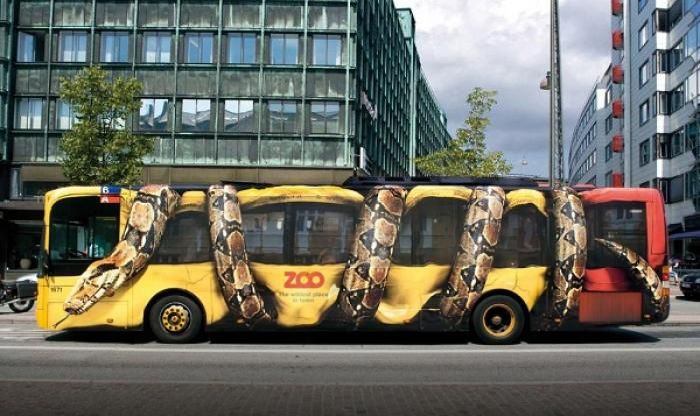|
|
Zoo Adverisement
|
In 1907, the German entrepreneur Carl Hagenbeck founded the Tierpark Hagenbeck in Stellingen, now a quarter of Hamburg. It is known for being the first zoo to use open enclosures surrounded by moats, rather than barred cages, to better approximate animals' natural environments.
When ecology emerged as a matter of public interest in the 1970s, a few zoos began to consider making conservation their central role, with Gerald Durrell of the Jersey Zoo, George Rabb of Brookfield Zoo, and William Conway of the Bronx Zoo (Wildlife Conservation Society) leading the discussion. From then on, zoo professionals became increasingly aware of the need to engage themselves in conservation programs, and the American Zoo Association soon said that conservation was its highest priority. Because they wanted to stress conservation issues, many large zoos stopped the practice of having animals perform tricks for visitors. The Detroit Zoo, for example, stopped its elephant show in 1969, and its chimpanzee show in 1983, acknowledging that the trainers had probably abused the animals to get them to perform.
• Human exhibits
Human beings were sometimes displayed in cages along with non-human animals, supposedly to illustrate the differences between people of European and non-European origin. In September 1906, William Hornaday, director of the Bronx Zoo in New York—with the agreement of Madison Grant, head of the New York Zoological Society—had Ota Benga, a Congolese pygmy, displayed in a cage with the chimpanzees, then with an orangutan named Dohong, and a parrot. The exhibit was intended as an example of the "missing link" between the orangutan and white man. It triggered protests from the city's clergymen, but the public reportedly flocked to see it.
|
|









